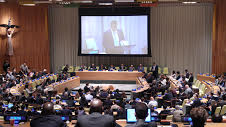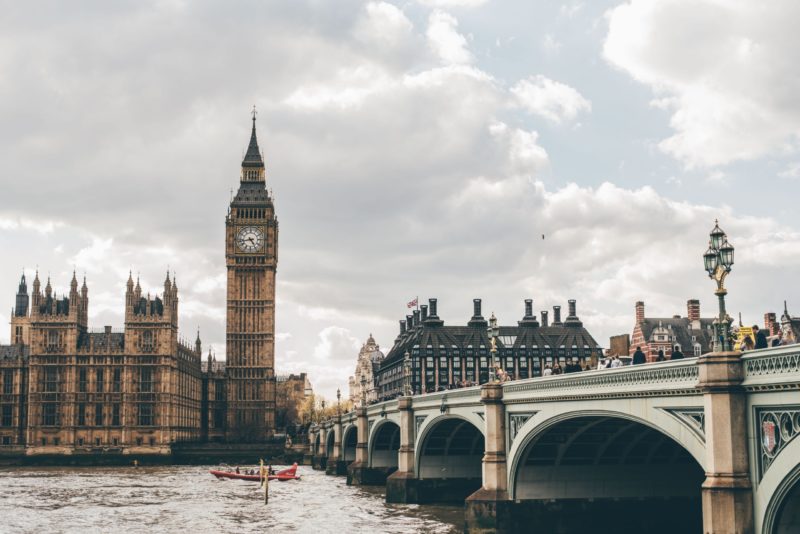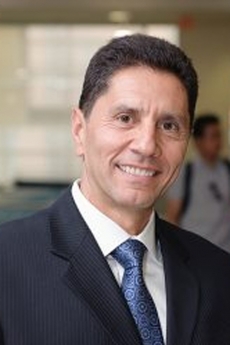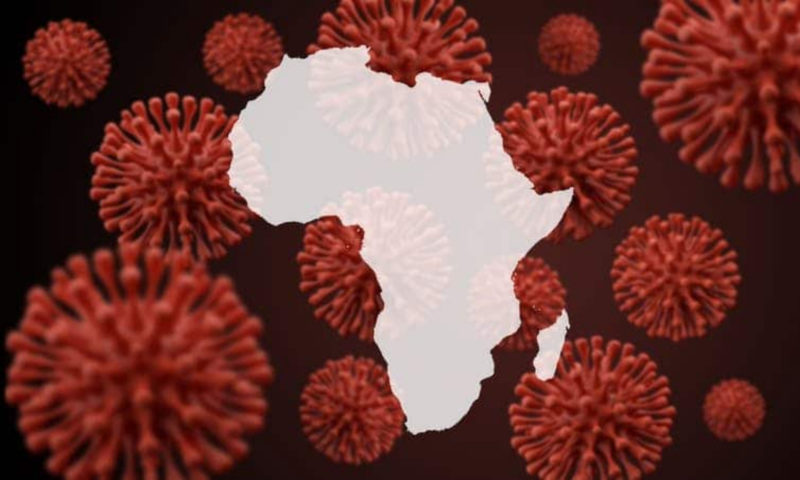
The 2 Trillion Dollar Package and What it Means for Small Business
The 2 Trillion Dollar Package and What it Means for Small Businesses
Monday, March, 30, 2020
The 2 Trillion Dollar Package and What it Means for Small Businesses
Monday, March 30, 2020
The 2 Trillion Dollar Package and What to Means for Small Businesses
The coronavirus has hit the nation hard, forcing several businesses to close, leaving entrepreneurs uncertain as to what their financial futures will be and putting millions of workers out of work. To counter some of the anxiety businesses and workers are experiencing, the United States has put a $2 trillion package into effect, the largest rescue package in U.S. history. It includes generous unemployment benefits, stimulus checks, and loans, and it is expected to have a major impact on the economy.
Let’s take a closer look at what the package means for small businesses.
Paycheck Protection
The program sets aside $349 billion to support small businesses allowing them to maintain their payroll as well as some overhead expenses. Any business, nonprofit, veteran’s organization or tribal business that has under 500 employees can receive a Small Business Interruption loan of up to 2.5 times their average payroll, or a maximum of $10 million.
The loans may be used to cover payroll, benefits, salaries, interest payments, rent, and utilities. Fees are waived, and collateral is not required. Payments are deferred for anywhere from six months to a year.
Tax Changes
When it comes to taxes, the stimulus package will create a new Employee Retention Credit against employment taxes. This encourages businesses to retain their employees during periods when business is fully or partially suspended. However, the credit will not be available for businesses that received the Small Business Interruption Loan.
Furthermore, employer payroll taxes will be deferred for 2020. Fifty percent of these taxes will be due in 2021, and the other 50% will be due in 2022. Businesses that are operating at a loss may have taxes deferred for up to five years.
The Inclusion of Not-for-Profits
ICSB called in its Audacious Plan to save small businesses that all below 50 employees become tax-exempt as not-for-profits for 10 years. Small businesses are the lifeblood of their communities. Aside from selling necessary products or services, they provide social and community cohesion as well as jobs. Times of crisis like these hurt small businesses the most, which in turn harms society on a human level.
While the $2 trillion plan is historic in and of itself, what’s even more remarkable is the inclusion of nonprofits in the plan. Never before did the SBA bring nonprofits into the mix under the 7A. This levels the playing field for non-profits and small businesses.
It should be noted that here, the comparisons are not far removed. Many nonprofits do a service to humanity. Similarly, small businesses often operate at a loss, especially during times of crisis. In spite of this, they play their part in keeping their staff employed, therefore stimulating the economy.
The 2 Trillion plan is a magnanimous move on the part of the government, and it sets standards that have never before been initiated. It is hopeful that it works to get small businesses and workers through this difficult time as quickly and seamlessly as possible.
ICSB wishes entrepreneurs, SMEs, and not-for-profits the best of luck, making it through this crisis.
Article written by:
Dr. Ayman El Tarabishy
ICSB Executive Director
Deputy Chair of Department of Management at George Washington University School of Business








